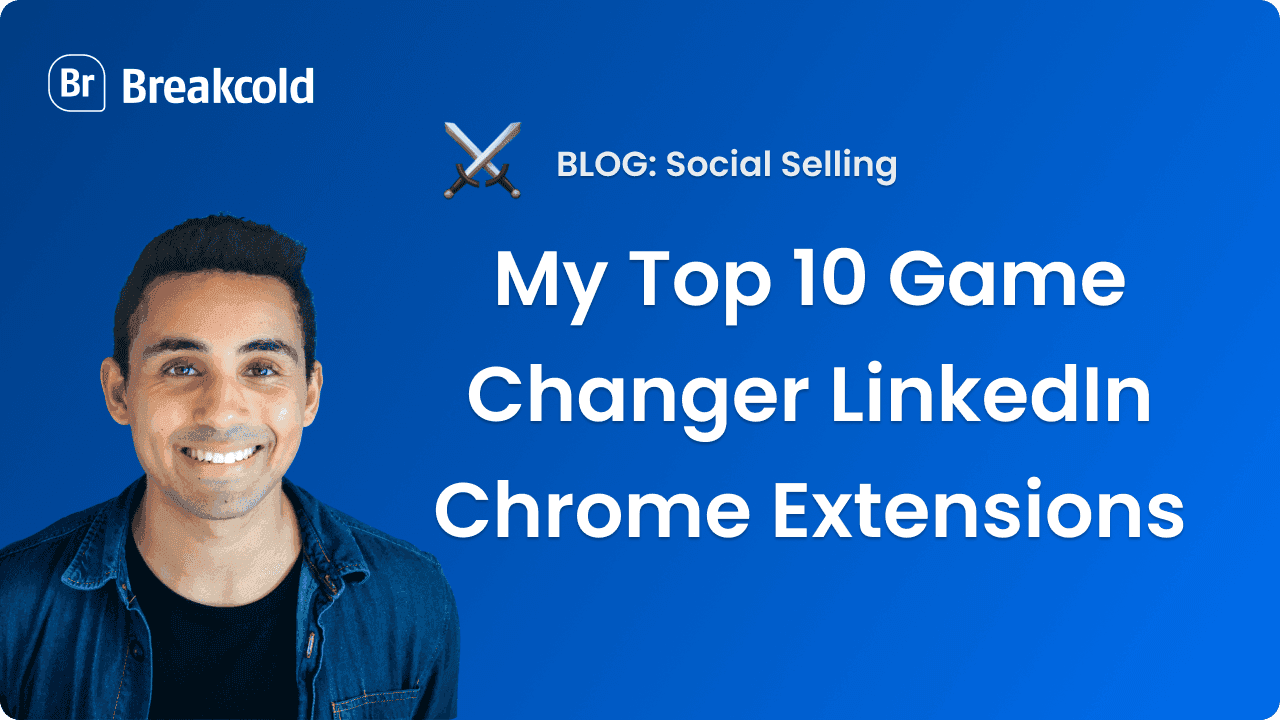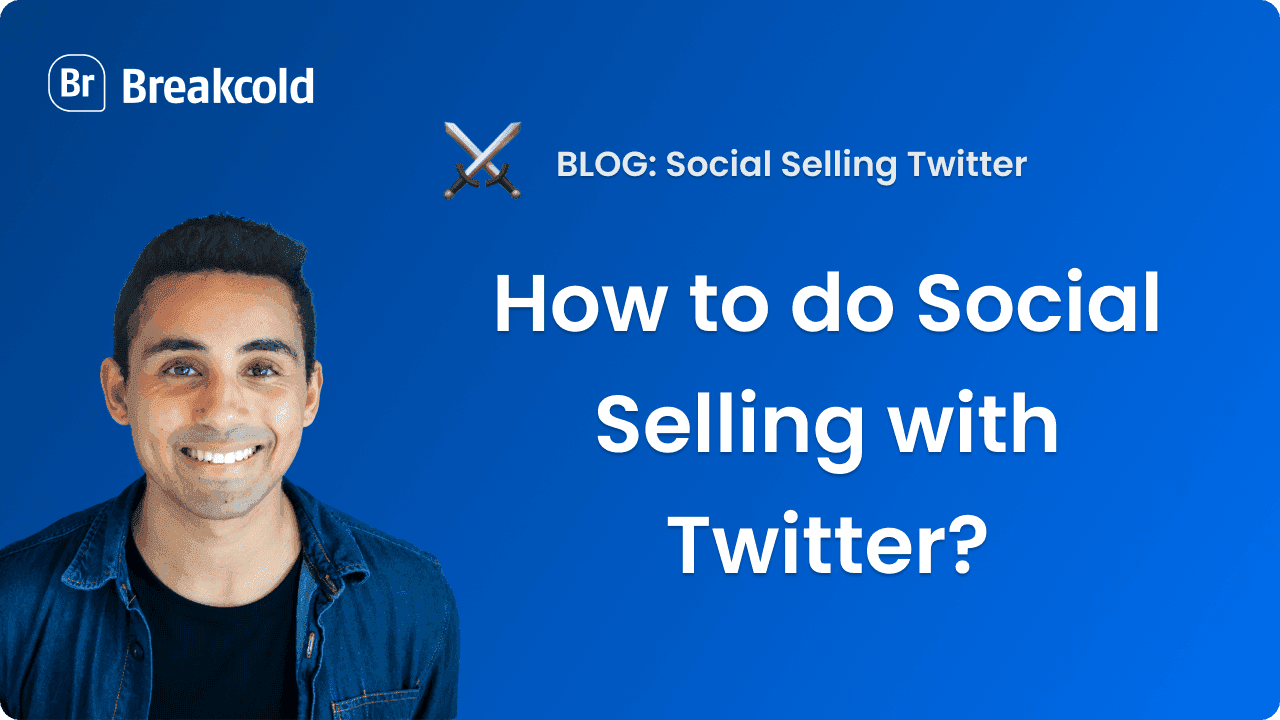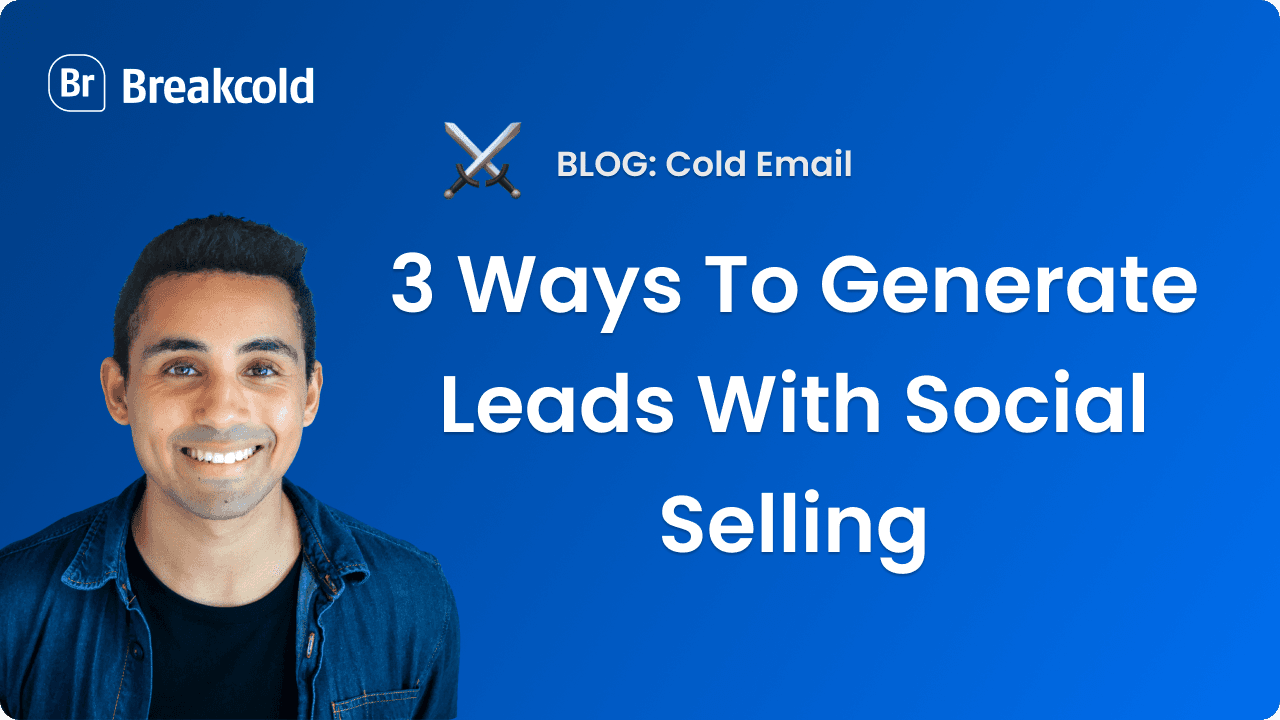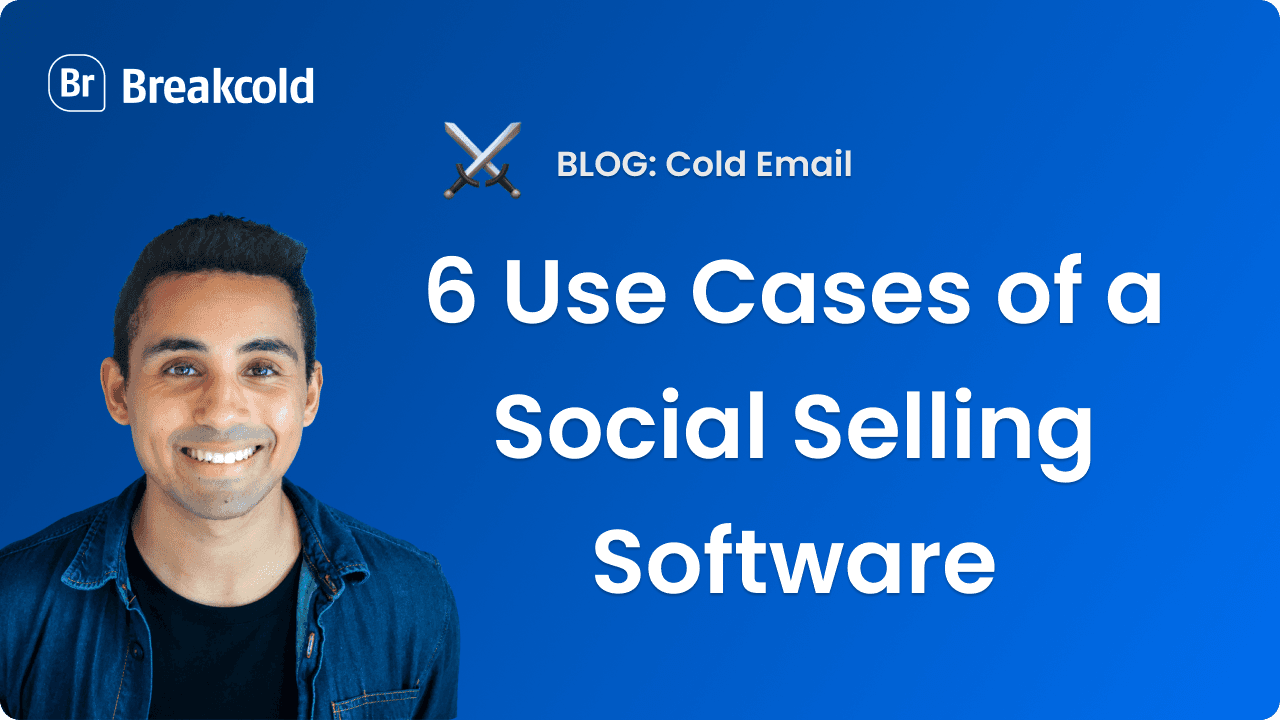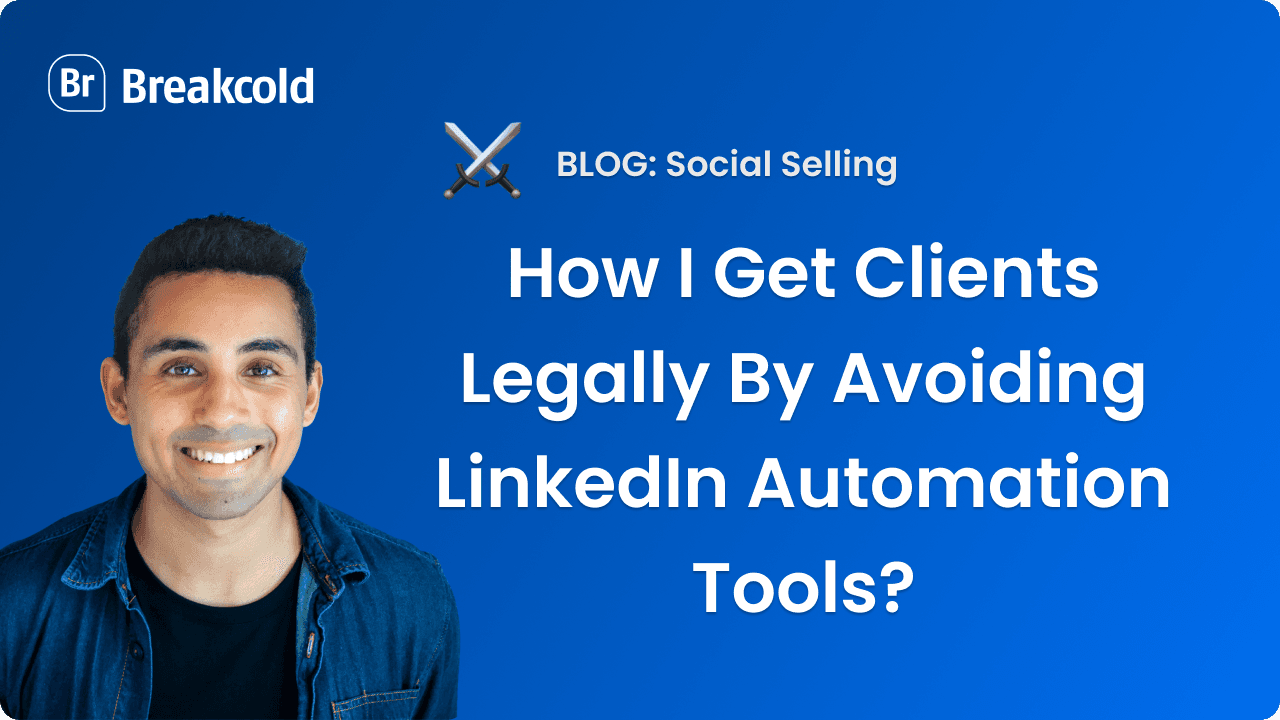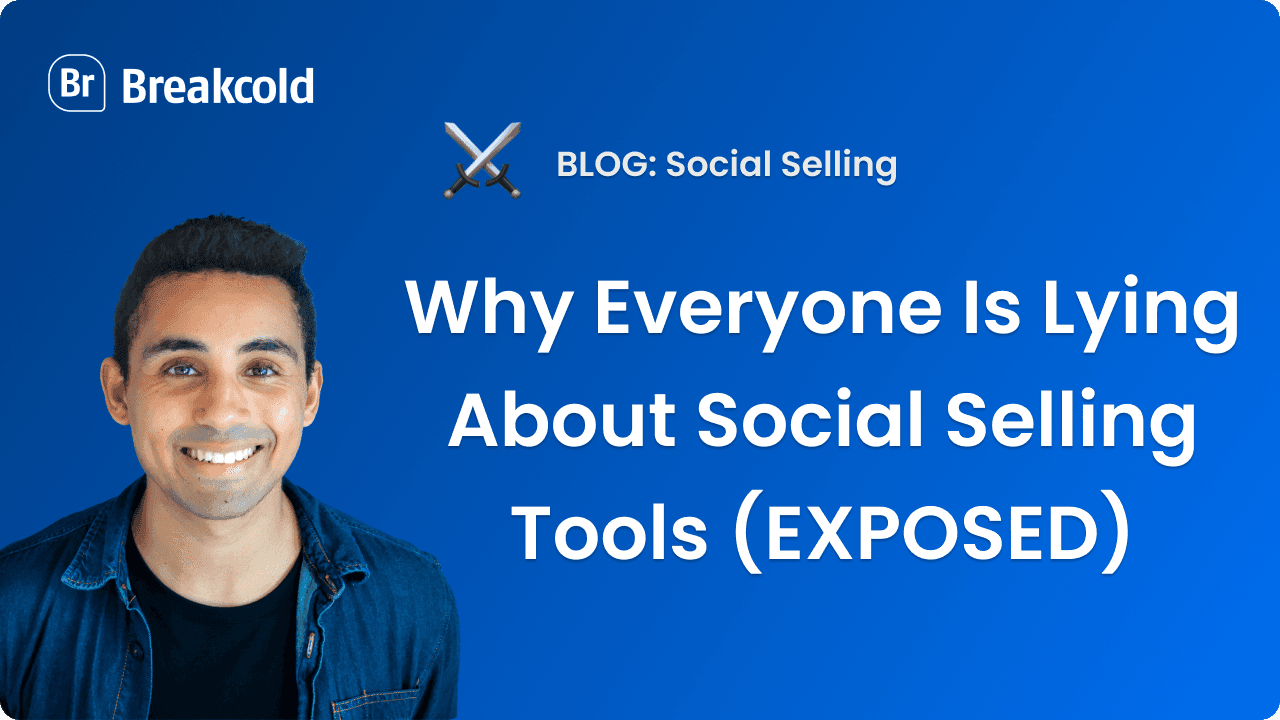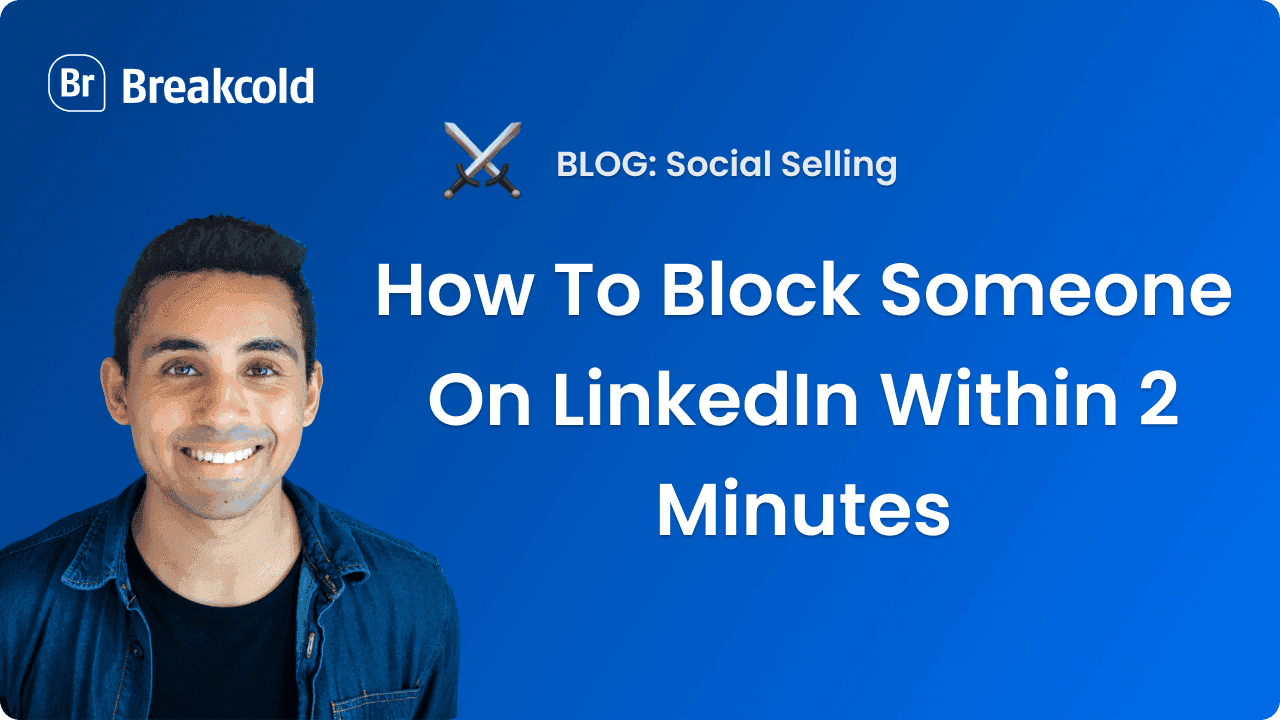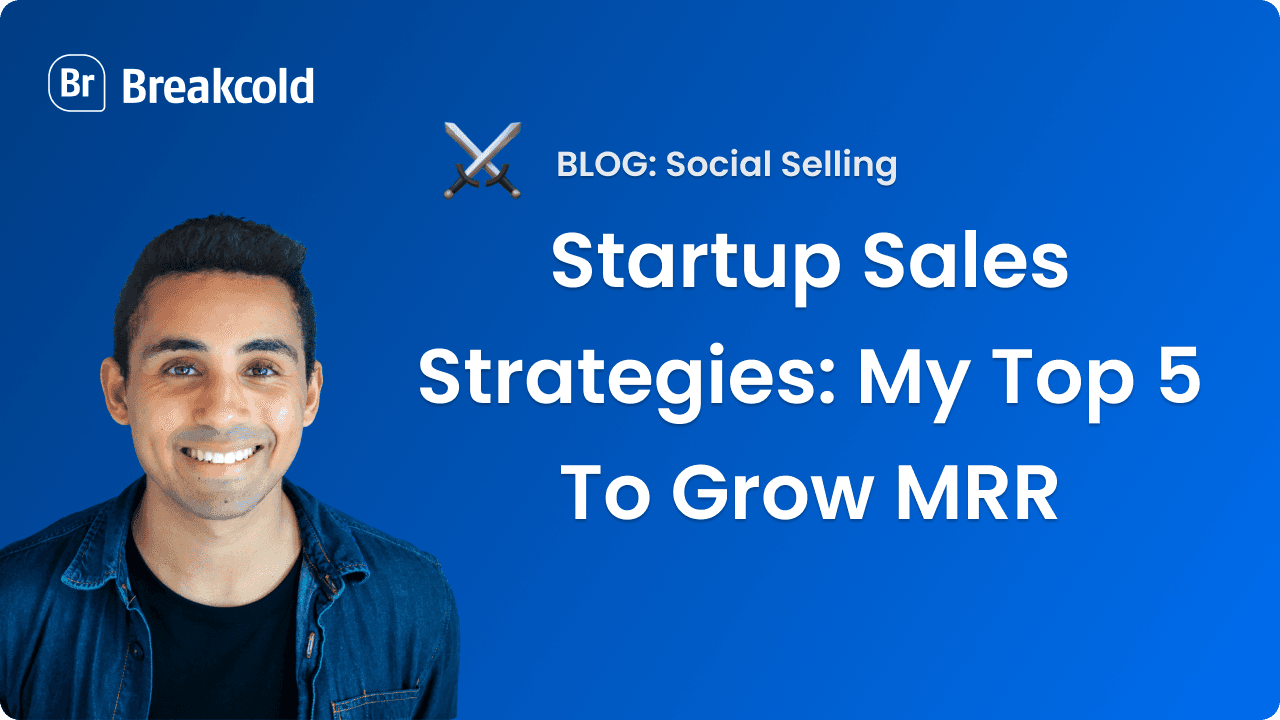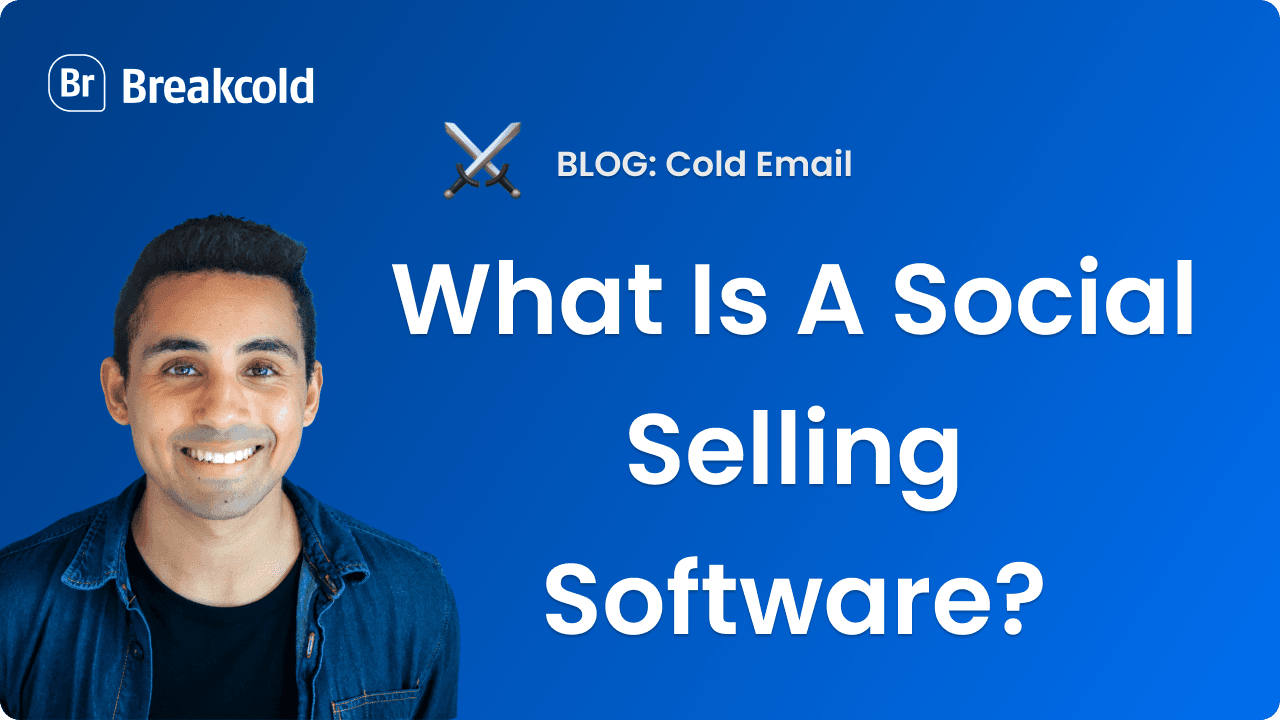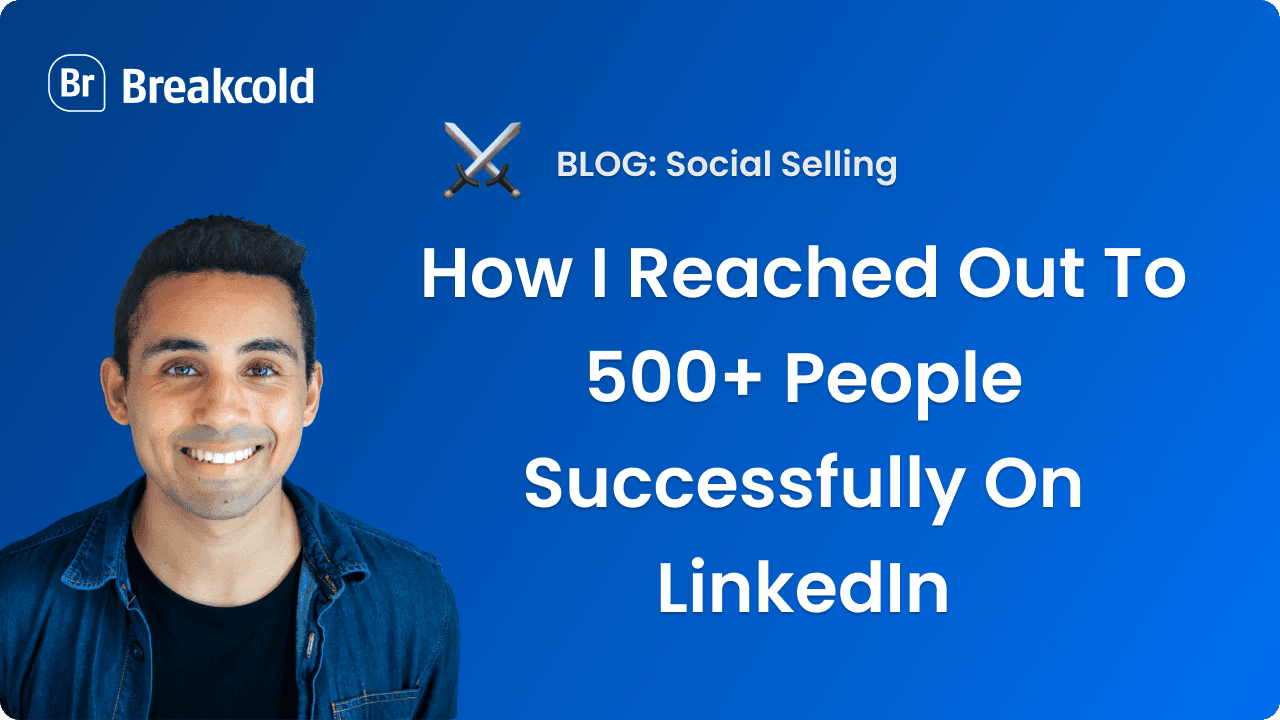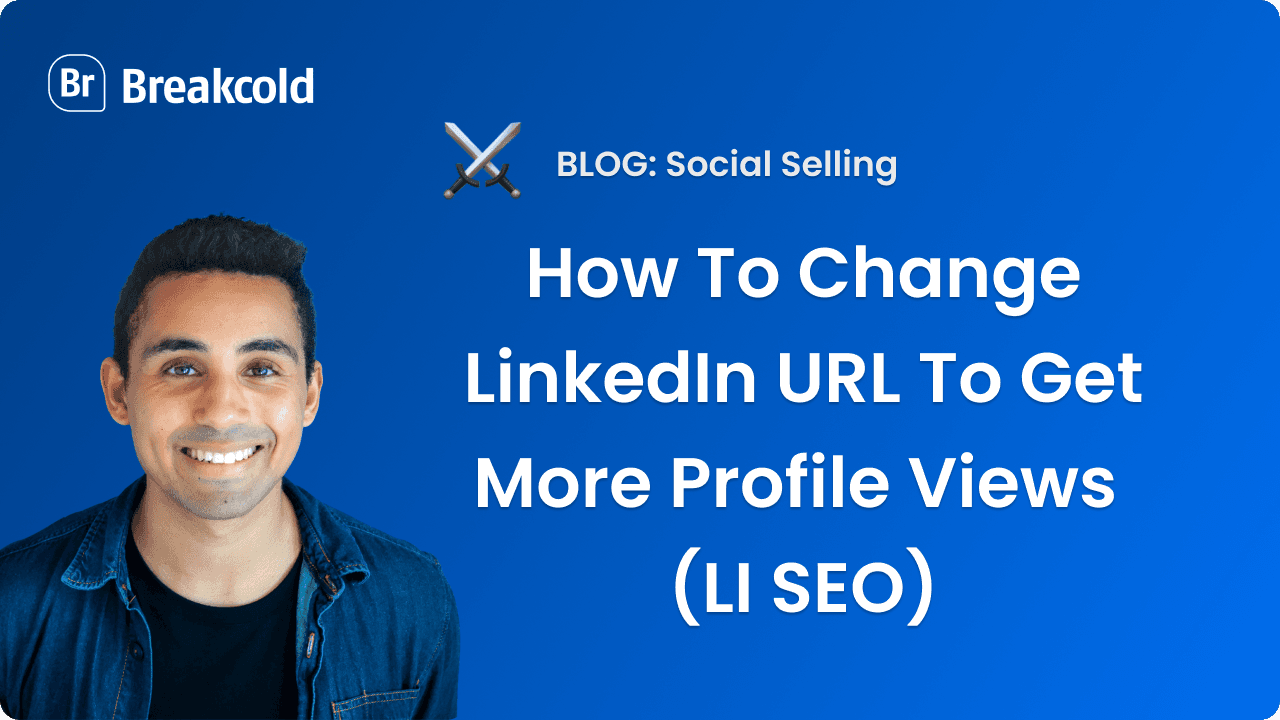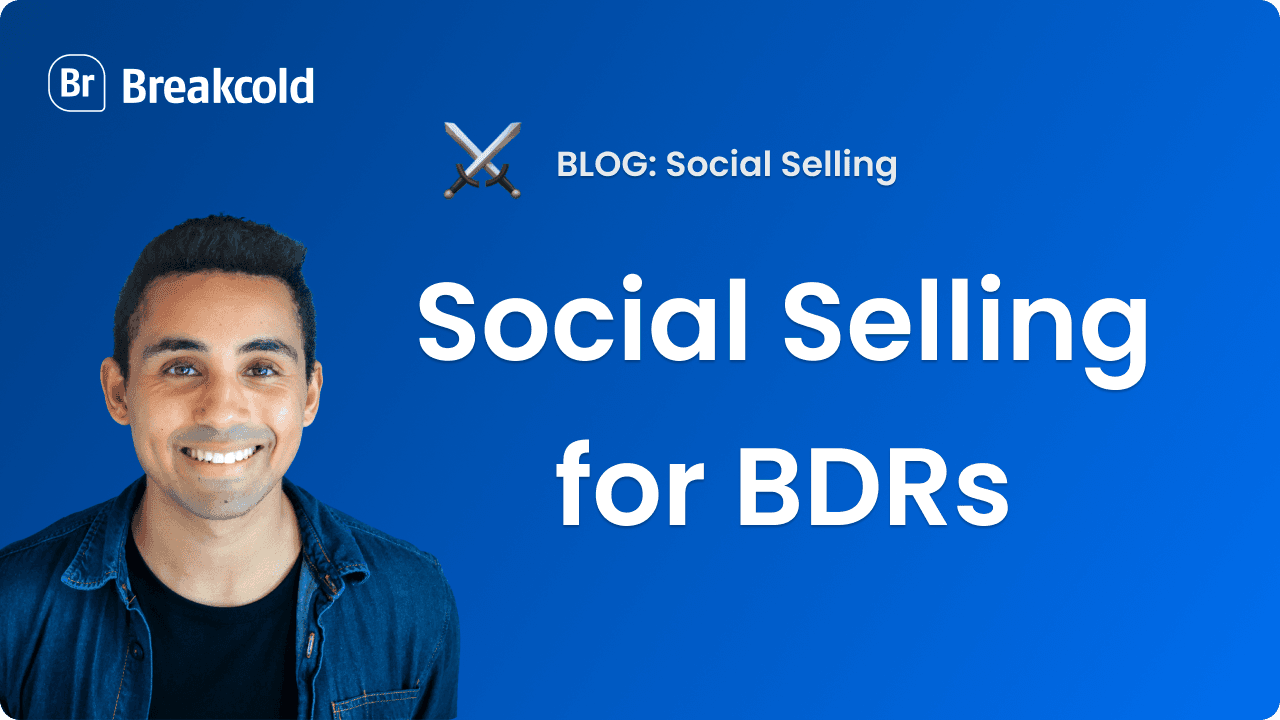
What is a BDR for the context of this blogpost?
A Business Development Representative (BDR) is usually the person in charge of doing outbound sales prospecting. At least, that's the definition of a BDR in post Series C startups.
In smaller companies, a BDR can do some inside sales and can also be in charged of developing some key B2B partnerships for example.
Some people (for example in France) also talk about Business Developer which is a broader term aimed at describing anyone who can help to develop the business (through sales, partnerships, PR etc).
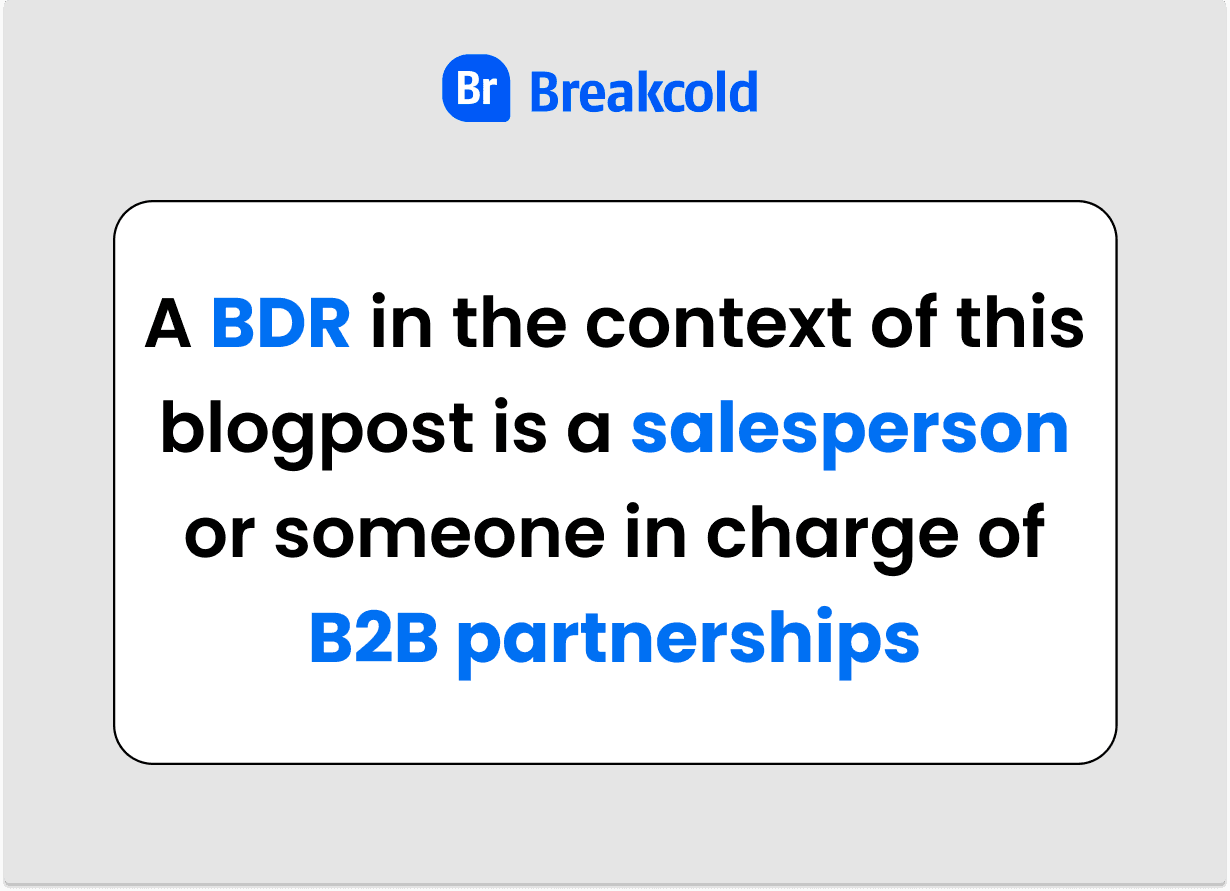
What is a BDR in the context of this blogpost?
For this article, let's consider that a BDR is both a salesperson and someone in charge of developing partnerships. In both ways, same social selling strategies will apply.
This article is not for you if as BDR if your prospects are mostly brick-and-mortar businesses. Indeed, these ones are less active on social media (see below - disadvantages of social selling).
Why Business Development Representatives (BDRs) should do Social Selling?
BDRs generally use traditional sales techniques to carry their job. Cold email and cold calling are great methods but you can do better now: it's called social selling.
Advantages of Social Selling for BDRs
The advantages are as follow:
it's more enjoyable to generate leads and/or partnerships
you'll have better results exponentially
you can contact less people and not burn your total addressable market
1/ it's more enjoyable to generate leads and/or partnerships
Cold emailing and cold calling in batches like a robot every day is extremely exhausting. Because it's a numbers game, you often don't personalize your cold outreach which is even more frustrating for yourself but also for your prospects.

It's like scrolling on Instagram and interacting with friends but you make money
Social selling has the advantage of looking like a game. It's pretty much like scrolling on Instagram or TikTok and interacting with what you see instead that you generate leads and/or build B2B partnerships.
It's way more natural and enjoyable for yourself but also for prospects.
2/ You'll have better results exponentially
When using cold email automation tools for example, you might feel good when you have some positive replies. These are quick wins in comparison of what social selling can bring you if you're doing it every day.
In the beginning, you'll generate less leads than traditional sales techniques but as you keep pushing, you won't be cap.
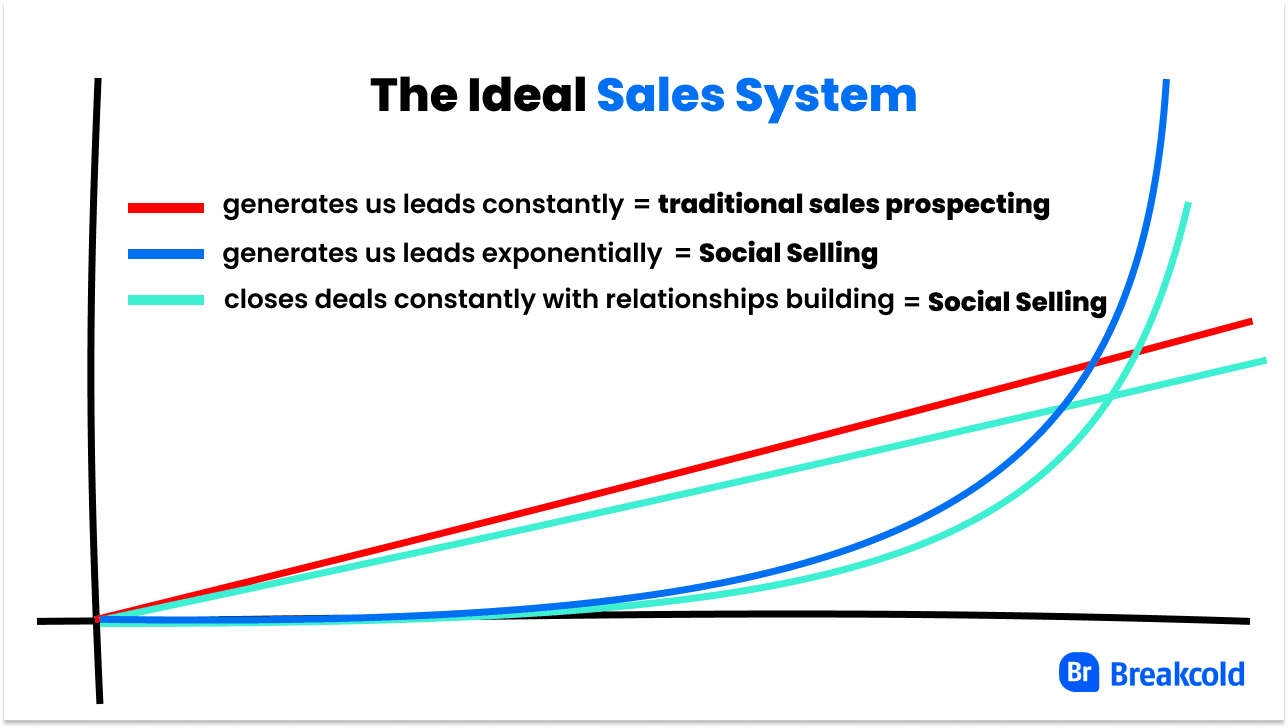
Ideally, you want a sales system that generates leads constantly and exponentially
That's why BDRs should always put in place sales systems that allow them to generate leads constantly and generate leads exponentially.
3/ You won't have to contact your whole total addressable market
The problem with traditional sales prospecting methods is that you have to contact way more people than if you were doing social selling to get the same results. Therefore, you're burning your total addressable market.
Social selling has the advantage that you can focus on a much smaller amount of prospects which won't damage your brand in the long run.
Disadvantages of Social Selling for BDRs
The disadvantages are as follow:
you'll have to learn how to use a social selling software
not all your prospects might be active on social media
1/ You'll have to learn how to use a social selling software
Social selling on its own like any prospecting activity can be time consuming. Therefore, you should use a social selling software.
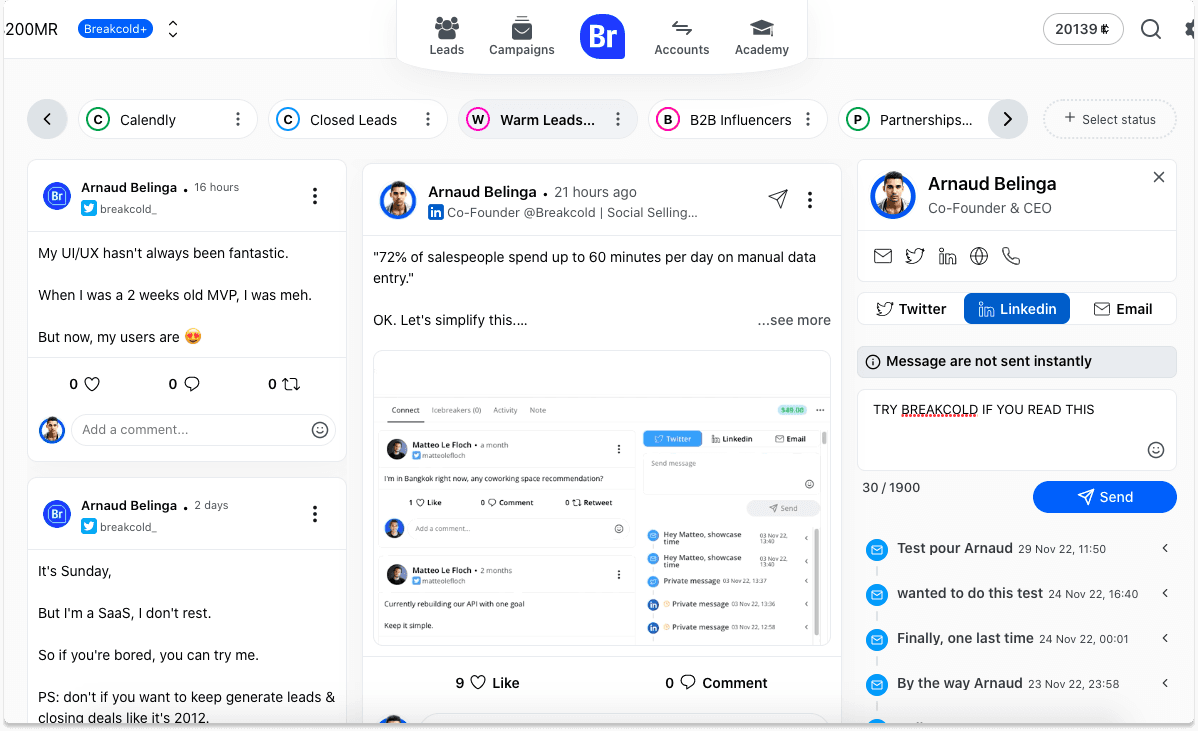
This what a social selling software looks like with Breakcold
The challenge will be double for you as you'll have to learn how to do social selling and how to do it with a social selling software as well.
Another software to your sales stack can also complicate your sales workflow if you're already using many different tools in your job.
2/ Not all your prospects will be active on social media
The main downside with social selling is the following: are your prospects active on social media?
Most BDRs do cold calling, for a simple reason that some of their target customers are definitely not active on socials, like flower shops or bakeries. Technically, you could use their company news on Facebook, Instagram or Twitter while calling them which is super useful but it won't be suited for most social selling strategies.
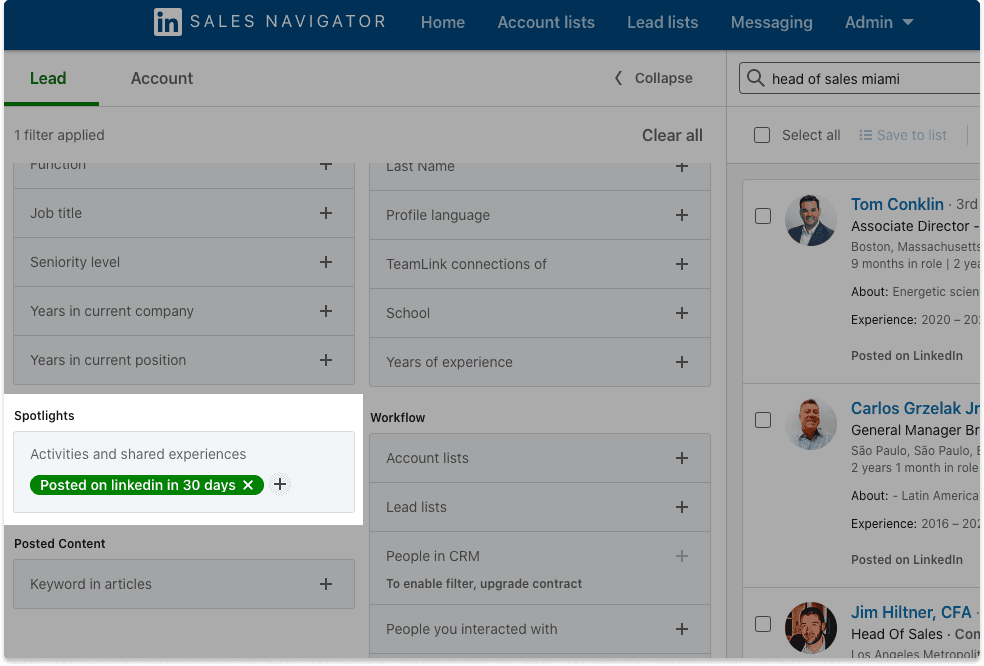
To maximize social selling results, LinkedIn Sales Navigator is a great tool
To avoid this problem, whatever your industry you should check if your prospects are active on socials. For that, the best tip is to use LinkedIn Sales Navigator and to filter leads by the ones who posted at least in the last 30 days on LinkedIn.
Should BDRs do social selling on LinkedIn or Twitter?
It's a fun question because the ones who pitched the most their offers on Twitter were actually BDRs (it was BDRs from Paddle, an alternative to Stripe for SaaS).
The answer really depends on your Ideal Customer Profile (ICP). But, overall LinkedIn is the place to be. More than 80% of B2B leads are there so it's a no brainer.
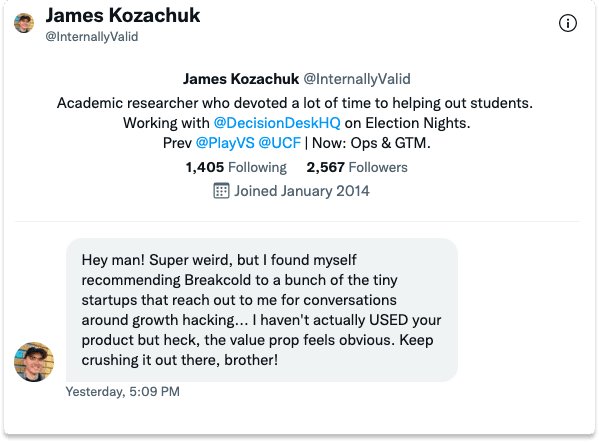
This is the kind of prospects who came to me on Twitter
If you're starting out, I've written two guides on how to do social selling on these platforms: one with Twitter and one with LinkedIn.
How much time should BDRs allocate their time to Social Selling?
As a BDR, what is the most important factor for you? Getting excellent results right?
That's why I believe BDRs should allocate one to two hours a day on social selling activities. Focusing on high-value prospects (known as tier 1) or high-value B2B partnerships is where the most juicy ROI of your time is.
Still, as a BDR you'll have to keep producing some pipe for your sales team so you should allocate other hours for traditional sales prospecting but where you'll make the difference is with these 1 or 2 hours of daily social selling.
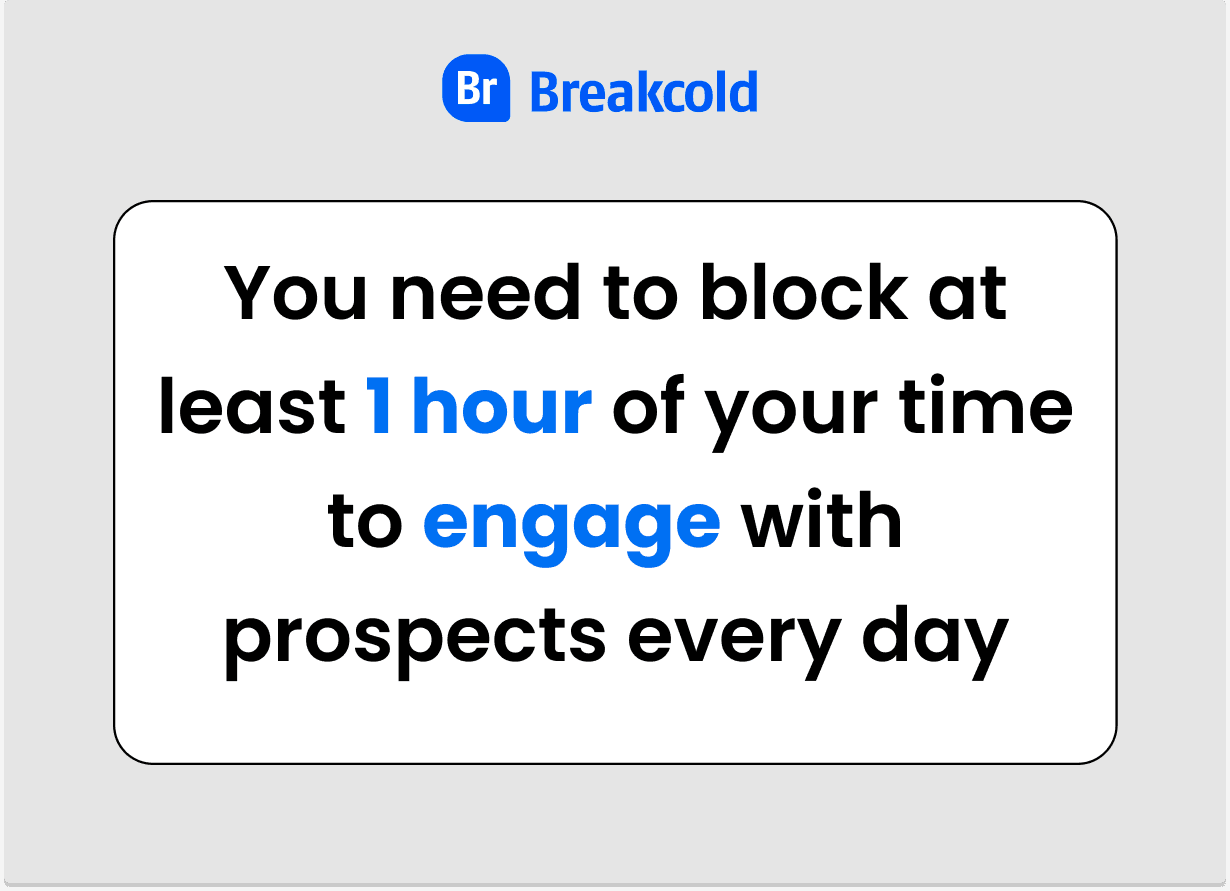
1 hour of your time is enough for every 100 prospects, not all of them are active every day
Conclusion: try to block 1 to 2 hours of your time to engage prospects every day (eg liking and commenting their posts).
What kind of software can a BDRs use for social selling?
In the social selling software category, there are two types of softwares:
the ones who focus on sales prospecting
the ones who focus on content marketing
Ideally, your goal would be to use both types but you can be extremely successful without spending precious hours of your time writing and scheduling content to post daily on LinkedIn or Twitter (especially if you don't have great copywriting skills initially).
1/ Social selling softwares focused on the sales prospecting part (best ROI)
Social selling softwares like Breakcold are designed to maximize productivity in the social selling process by:
allowing you to aggregate all the LinkedIn posts and tweets of your prospects into one place
letting you contact prospects in a multi-channel prospecting way from one place
avoiding any manual data entry for CRM analytics purposes
letting you view prospects in a social selling pipeline
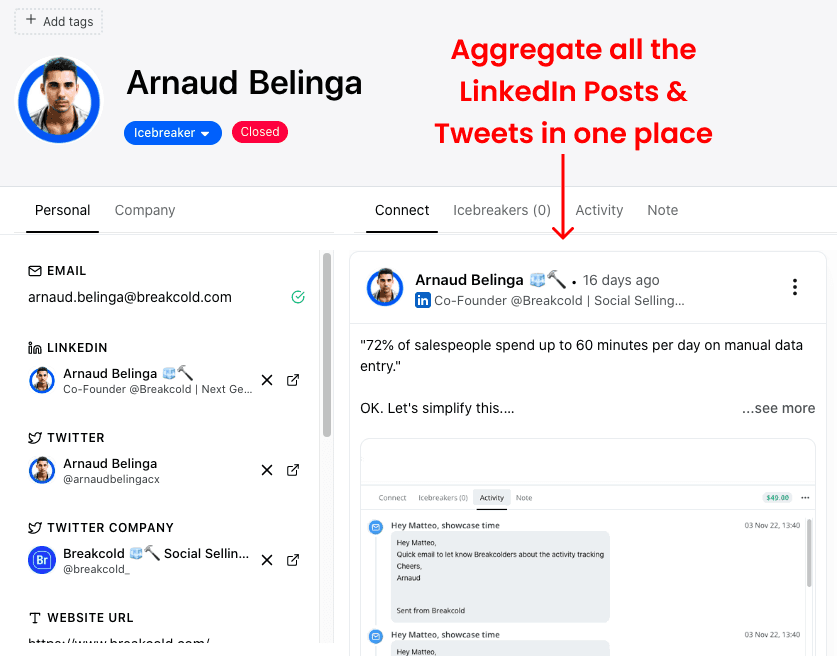
You won't have to open a thousand tabs a day to engage with prospects anymore
2/ Social selling softwares focused on the content marketing part
This kind of softwares like FeedHive are super helpful to post content on different channel all at once. They also have a social inbox where you can reply to your comments in a productive way.
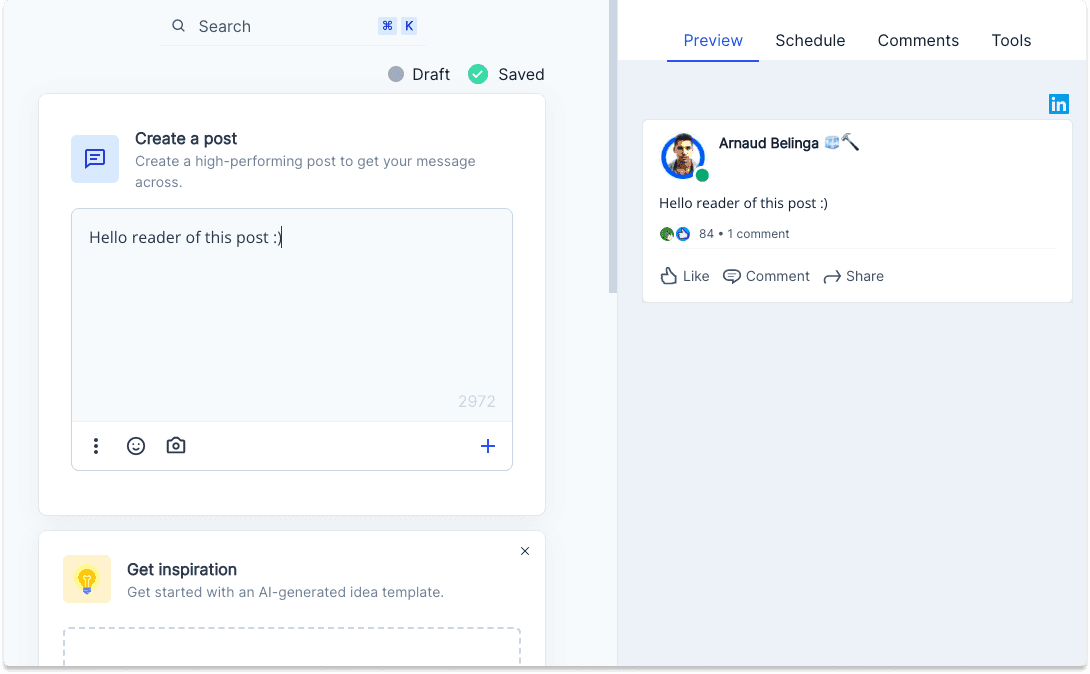
This is a screenshot from FeedHive
How BDRs should do social selling in my opinion
This is the process I would use if I was a BDR in a small company or a big tech startup one.
1/ Picking up a social selling software
Here, we'll pick Breakcold: the social selling software for Startups and SMBs.
2/ Adding my 100 ideal customers that are not warm leads
Then I would use Evaboot or Findymail to export from LinkedIn Sales Navigator my ideal 100 prospects who have been active on LinkedIn in the past 30 days.
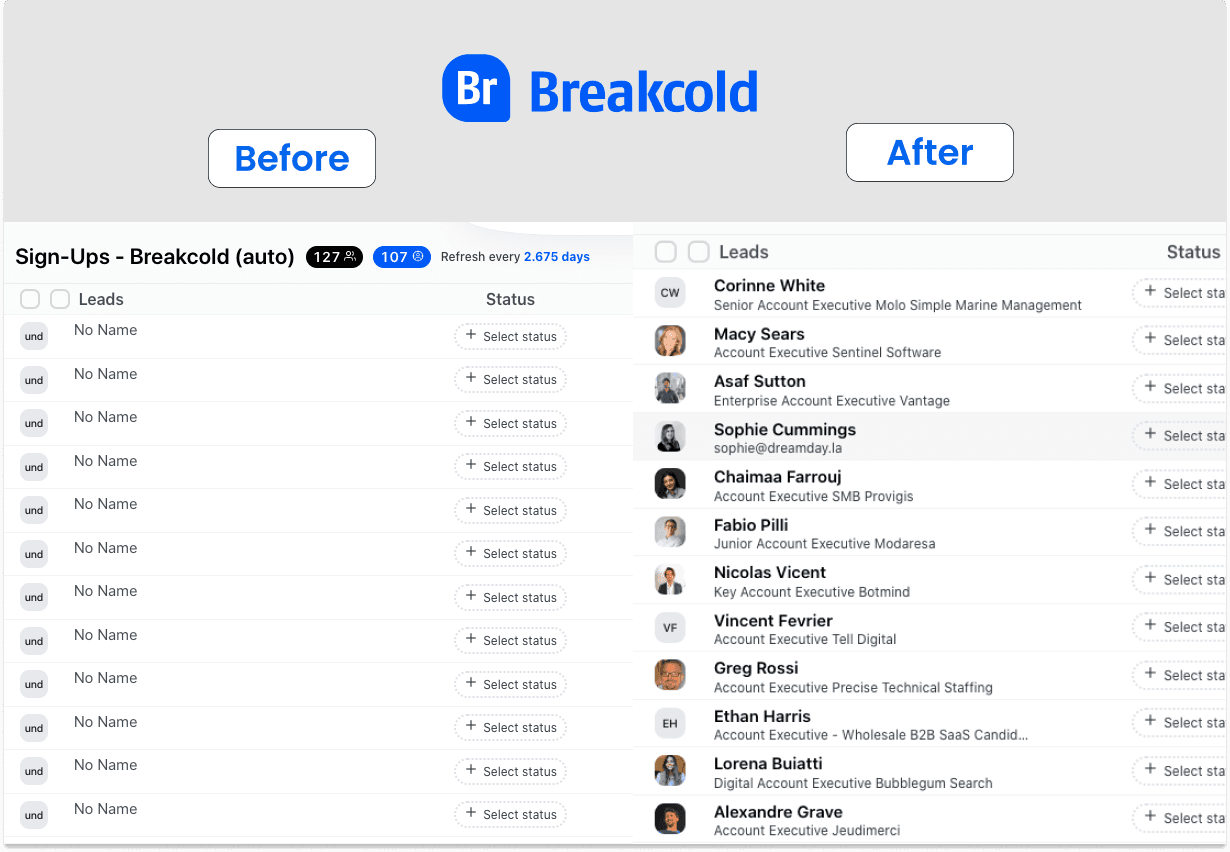
When it's warm leads like sign-ups, make sure to enrich their contact informations.
The goal is to have prospects that are active on social media.
3/ Adding my warm leads if I also intervene in the closing part of a deal at my company
If I was also in charge of some warm leads at my company, I will use a CRM integration to push my attributed warm leads in my social selling software.
4/ Organizing my prospects in my social selling pipeline
From there, I will take some time (about an hour) to attribute status and tags to my prospects so they can be well organized in my social selling pipeline.

From the social selling pipeline, you can engage prospects quickly on socials
5/ Engaging with prospects daily for 1 hour
Every day, I click go to my prospecting feed to engage with the two lists I created.
As my cold leads become warm and my warm prospects become customer, I would change their status and tags accordingly while still engaging with them.
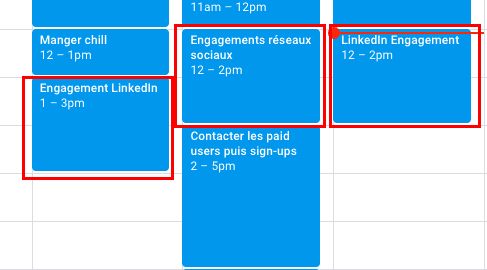
This is what my prospecting calendar look like sometimes
6/ Sending relevant Twitter / LinkedIn direct messages or cold emails
When you feel like you can add value or introduce your product or service to prospects after liking or commenting their posts, I'd them a cold DM or cold email.
The good thing about it is that when I'd decide to contact the prospect, I would also get access to his/her company news which is a great way to quickly add some layer of personalization to kickstart the conversation.

You can easily contact 200 prospects a day in a really fast way doing this
7/ Repeating the process over and over
Once you have no longer 100 ideal prospects (deal won or lost), I will refill my 100 ideal prospects list and will keep adding the warm leads attributed to myself.
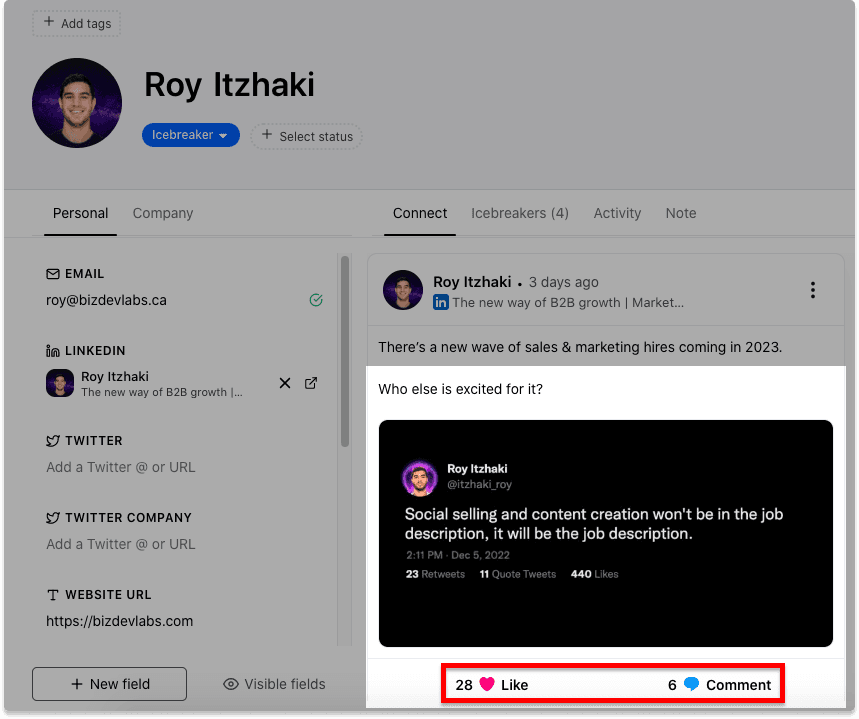
I totally agree with Roy LinkedIn post, do you?



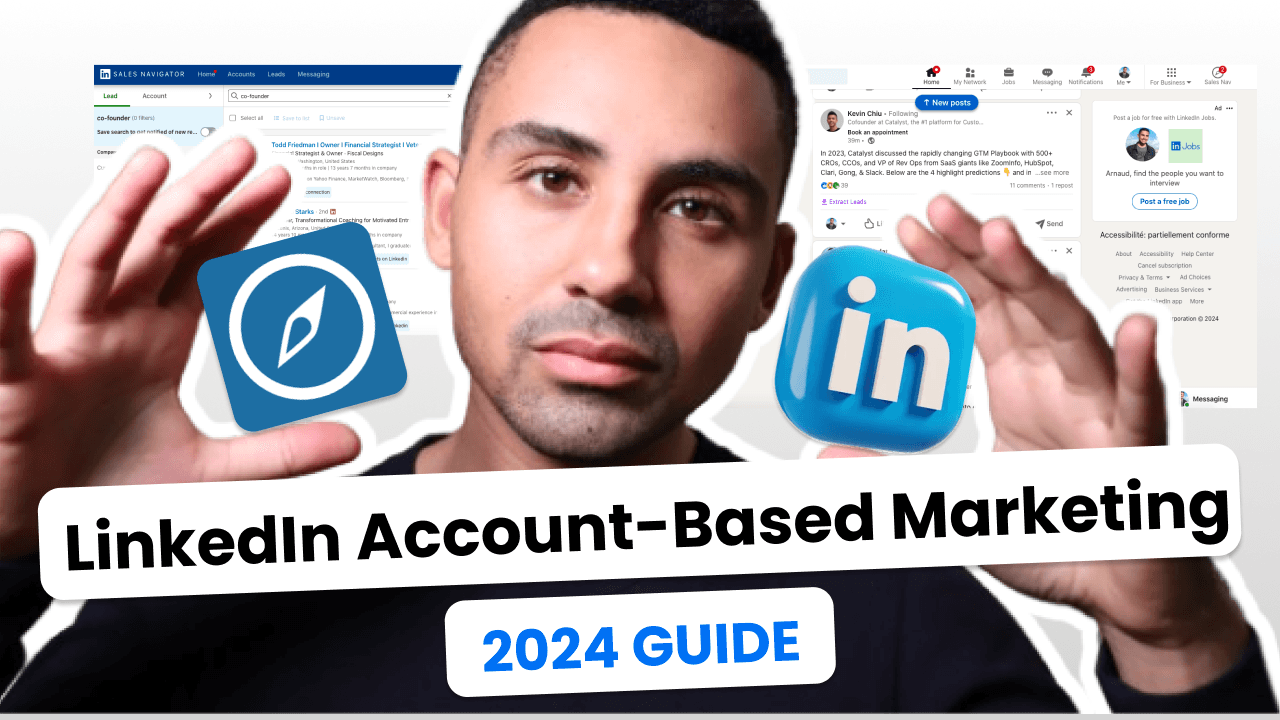

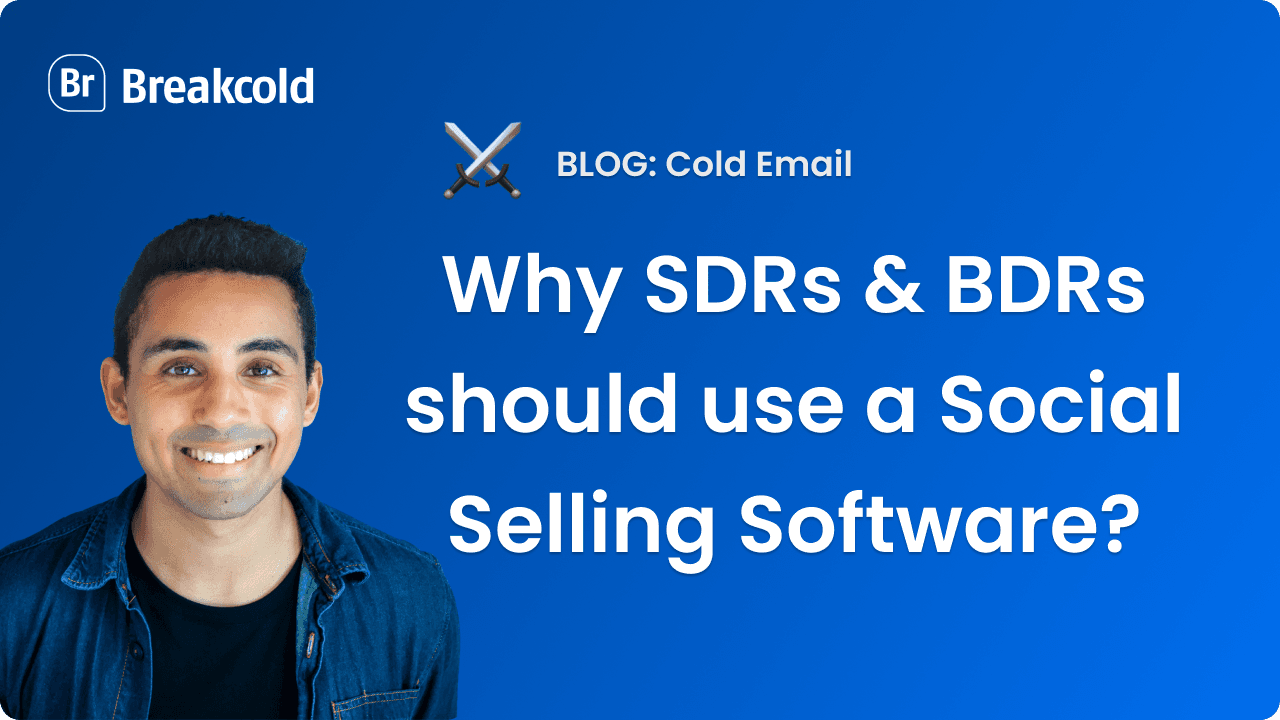

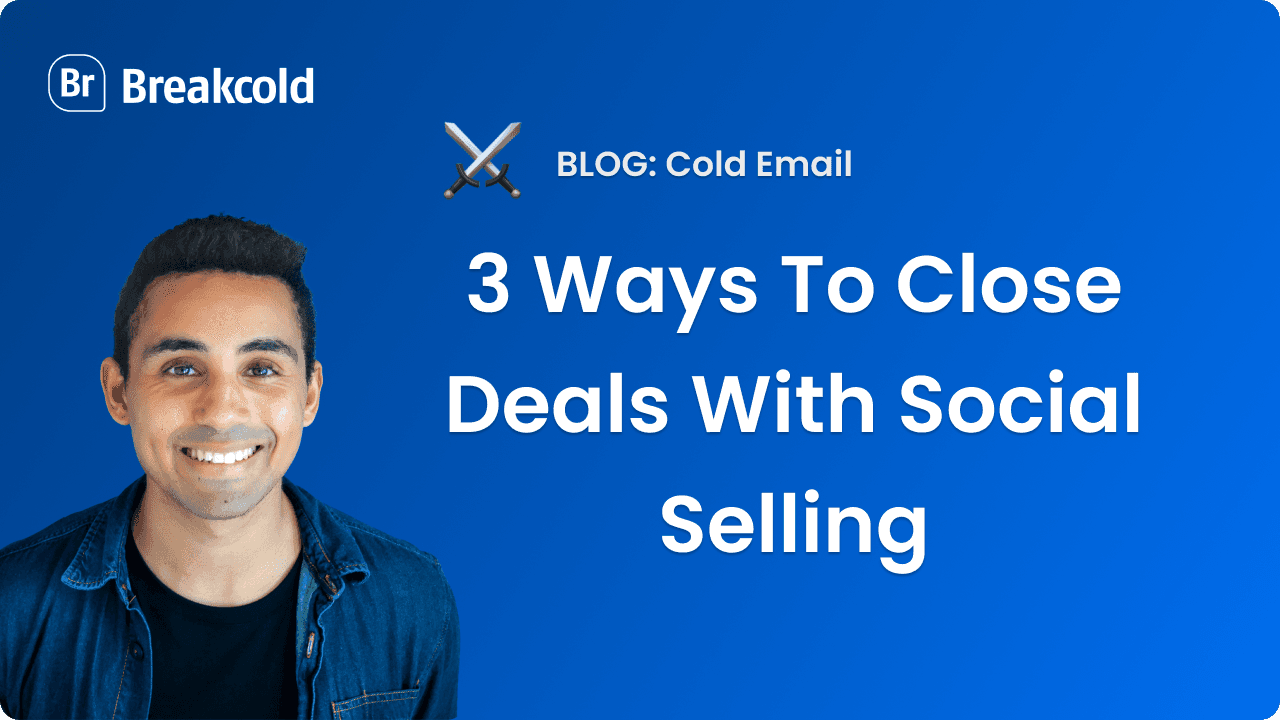
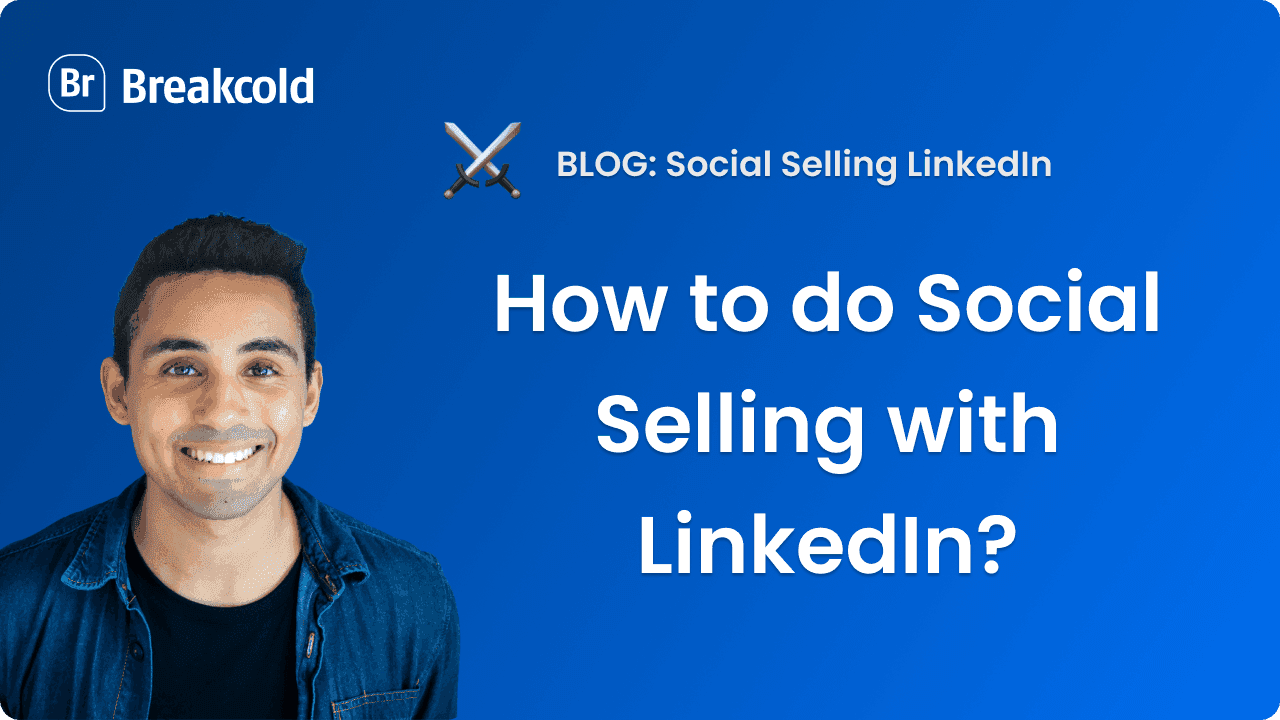
![Social Selling Index LinkedIn Explained [SSI 2025 GUIDE]](https://framerusercontent.com/images/iQ57Mgq71JnsTnOpKdXmoqmE8.png)
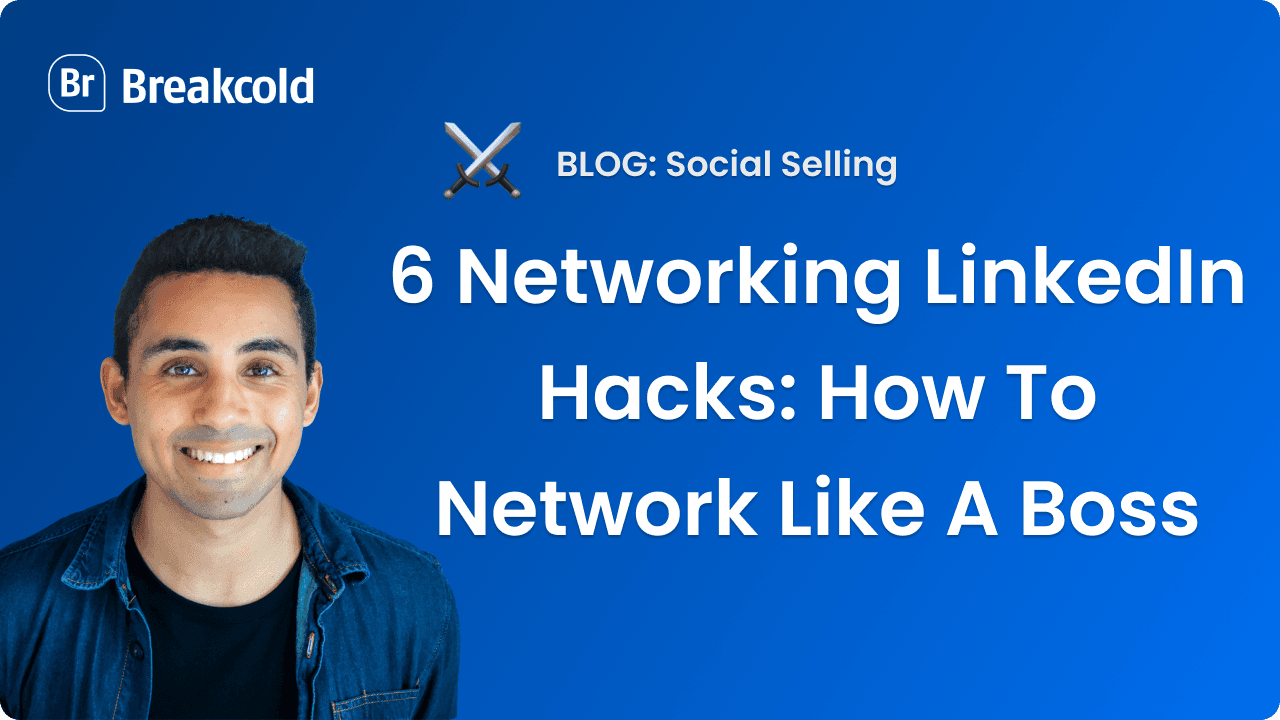
![7 Social Selling Examples [CASE STUDIES]](https://framerusercontent.com/images/2psdYBxSIoqVh0JNgTJoVuAH98.png)
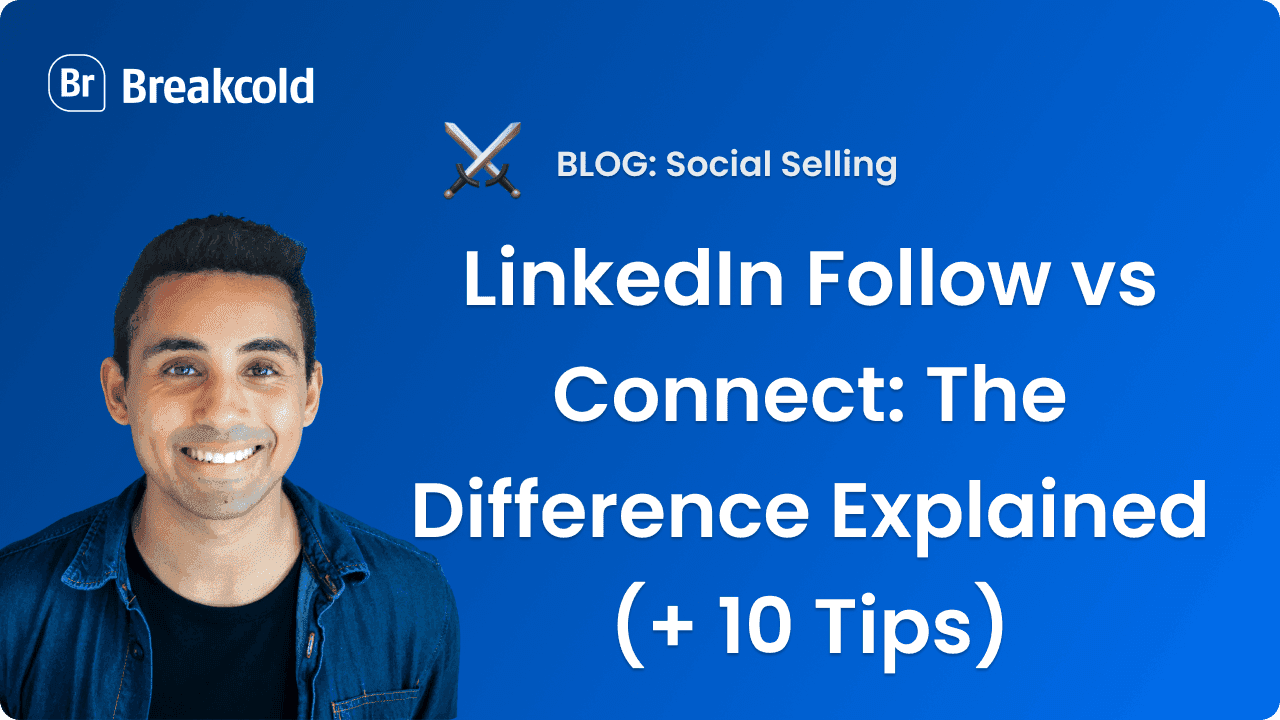

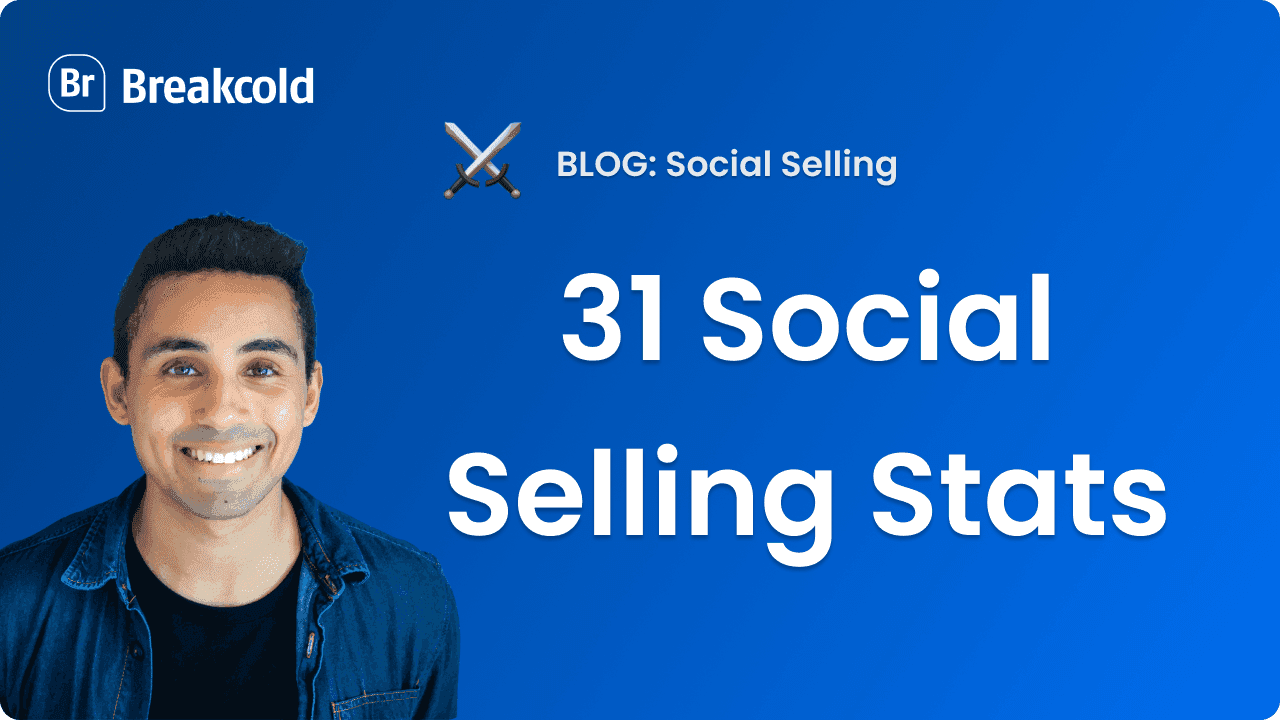
![4 Social Selling Strategy [2025]](https://framerusercontent.com/images/IxMdmpBbzA1HlA71yn0donOmpsQ.png)
![44 Social Selling Tips [ACTIONABLE in 2025]](https://framerusercontent.com/images/MXxkJXwJr7fY8TerQLJyJsQD4eQ.png)
![4 Ways To Combine Social Selling & Cold Emailing [More Sales]](https://framerusercontent.com/images/Wh7gNA4eCHDqH4c2YNiZYtPkzuo.png)
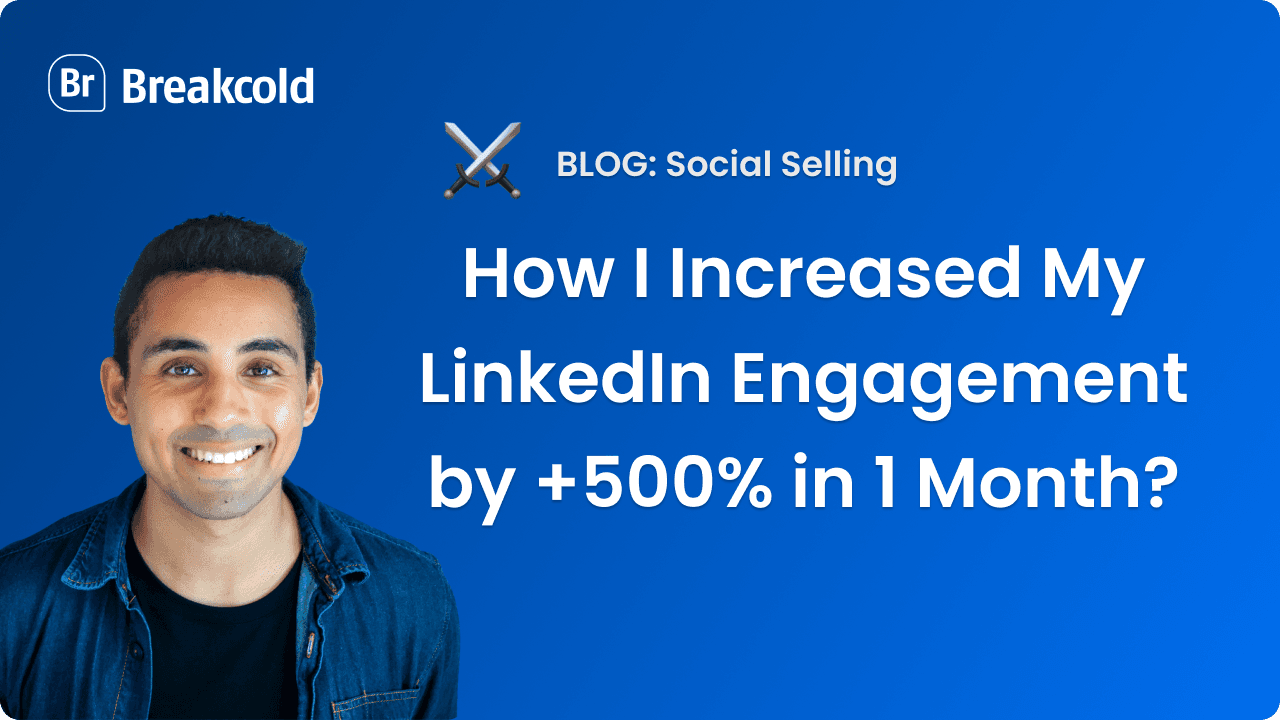

![What Is Social Selling? [How To Do It in 2025]](https://framerusercontent.com/images/GKJ8ex3u57lv6Py3tQ4vEgTajc.png)
